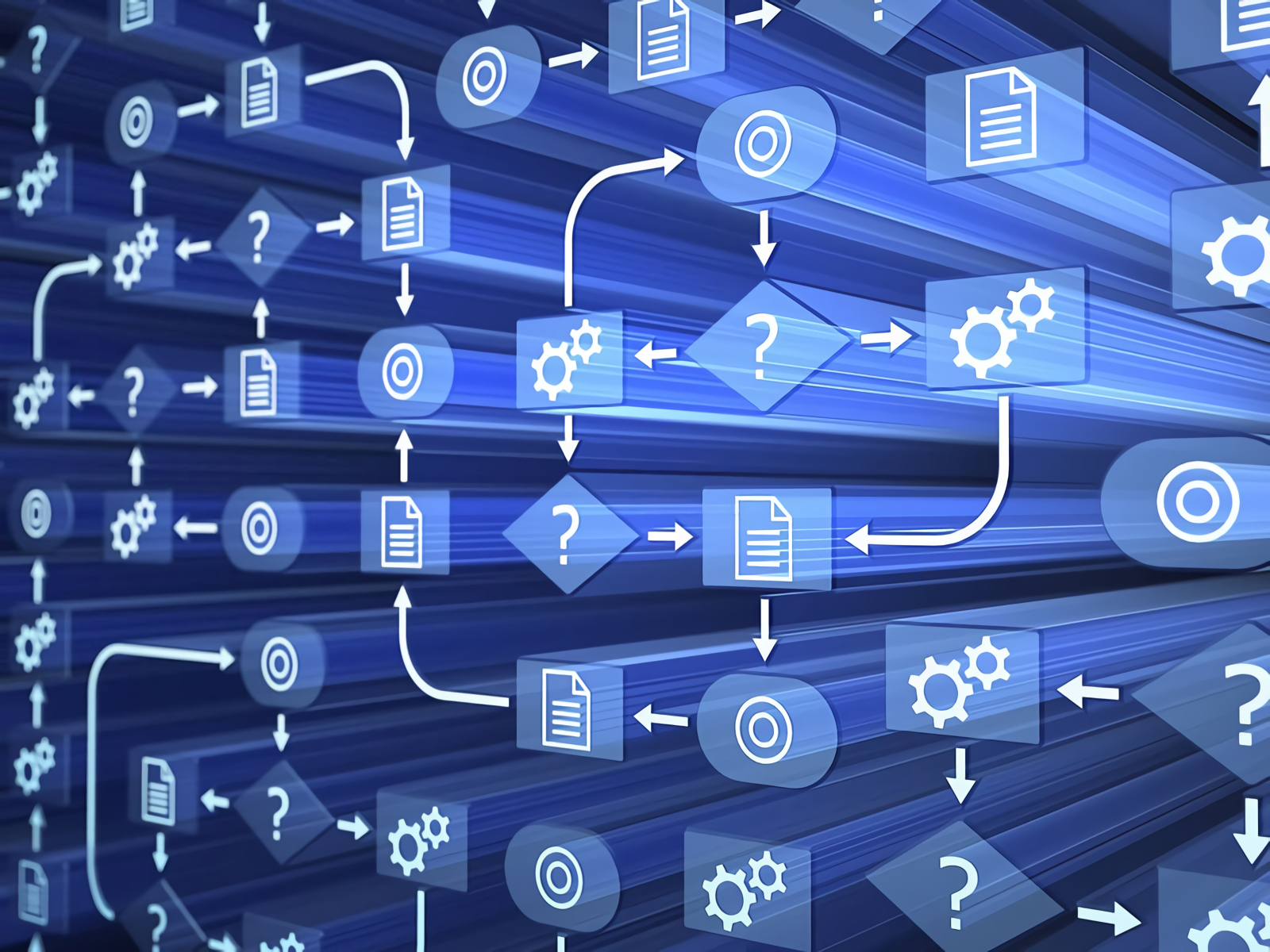Digital Workflow vs. Manual Workflow: What are the Benefits?
What is a Workflow?
A workflow is a series of tasks that process a collection of data. It is the method by which several staff members of an organization perform a task by following a series of steps. A workflow is produced anytime information is directed via humans or systems, which happens in every industry.
To attain the maximum degree of efficiency and profitability, every organization must develop unique digital workflow solutions that are tailored to their specific needs. Today, more people across different sectors are debating the advantages of a manual workflow versus a digital workflow.
However, each type has distinct advantages and disadvantages that make them suitable for specific organizations. If you're having trouble distinguishing between manual and digital workflow processes, keep reading for a comparison that will explain the ins and outs of both.
What's the Difference Between a Digital Workflow vs. Manual Workflow?
A person is in charge of moving each item from one job to the next in a manual process. For example, if a worker wishes to submit a financial report, she must complete a financial statement and email it to her boss. After approval from the boss, she will email the report to the financial department.
We often get by with a manual workflow, but when it comes to completing activities quickly, a digital workflow solution is an organization's best friend for reducing inefficiencies caused by repetitive processes.
Digital processes are distinct in that they can eliminate the middleman and any intermediary procedures that waste time and contribute to errors. This may be accomplished through 24-hour availability and a consistent quality execution process.
Furthermore, a digital workflow process allows you to follow a task during the production phase. You can check to see whether your editor has seen the pages or recheck to see if the necessary visuals have been included, like in the case of a Google Doc file.

The Benefits of Digitizing Manual Processes
1. Eliminates Bottlenecks and Boosts Efficiency
Bottlenecks are virtually always the consequence of manual operations. Your team becomes stalled because a step in the process has been halted or is taking too long. The goal of automation is to eliminate bottlenecks and boost efficiency.
2. Enhances Data Accuracy
Manual data entry entails repeatedly transferring and inputting data manually. This can result in frequent and significant mistakes, such as ordering the incorrect quantity of an item or shipping a product to the wrong address.
However, the potential for human mistakes is eliminated through a digital workflow solution.
3. Lowers Expenses
Efficiency and accuracy equal cost savings. Automation can save employees hundreds of hours every week. And there should be no major flaws.
4. Makes Data Tracking Easy
Transparency is essential in business. You shouldn't have to continually search for information in a jumble of papers, email threads, and so on. You can simply examine and audit your data with the correct digital workflow process.
5. Aids in Attracting and Retaining Top Talent
A digital workflow solution saves employees time on wasteful administrative tasks. This allows them to devote their time and abilities to higher-level pursuits. Keep your present employees happy while making your company more appealing to potential hires.

6. Enhances Customer Service
Digital workflows can help you provide better service to your customers. It could be that orders are delivered on time, a worker arrives on time, or support requests are answered more quickly.
7. Reduces the Possibility of Losing Internal Business Process Knowledge
Too frequently, a company's critical business process knowledge resides solely in the thoughts of its workers. Incorporating such expertise into a digital workflow solution ensures that it is not lost when that individual leaves the organization.
In Closing
The digitizing of manual business processes significantly alters how employees operate. It is simple to deploy and helps your business in a variety of ways, including reducing approval timelines, improving task transparency and accountability, and reducing errors.
As the world moves to digital, companies that are quick to adopt a digital workflow will benefit tremendously, including increasing competitiveness and achieving business goals.
News & Events
Keep up to date
- 18Dec
Ricoh recognised as a Top 5 global AV Integrator in SCN Top 50 Systems Integrators 2025
- 11Dec
Ricoh Recognised as a Sustainability Leader in Quocirca's 2025 Report
- 31Oct
Ricoh perovskite solar cells installed on Japan Aerospace Exploration Agency cargo transfer spacecraft1 HTV-X1
- 17Oct
Ricoh recognised among Forbes’ World’s Best Employers 2025
